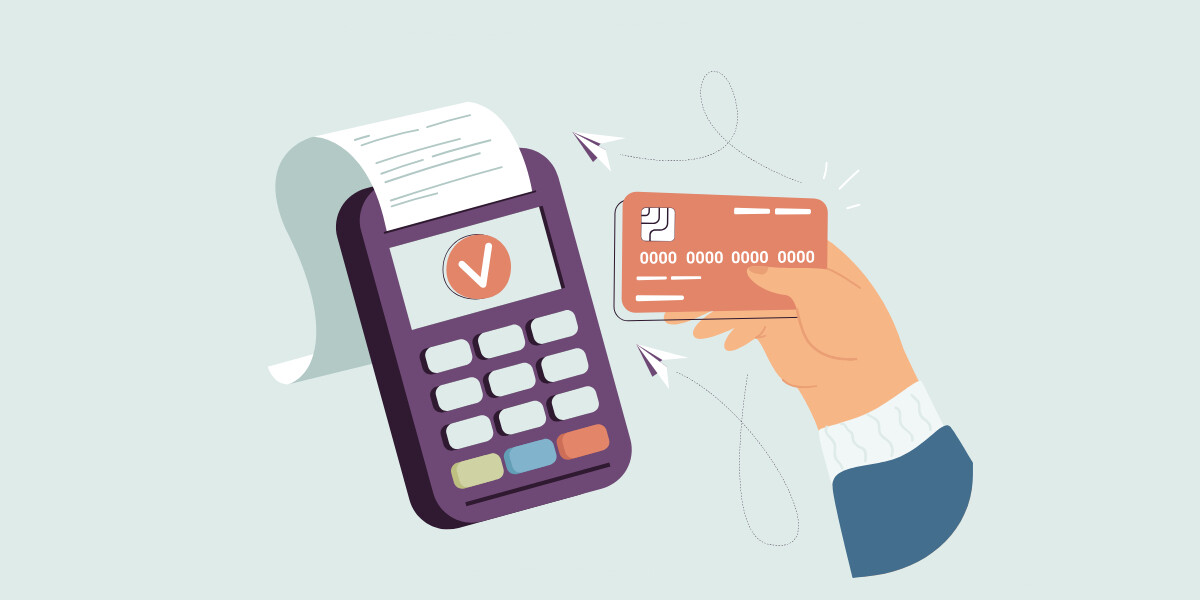
Freelance Invoices: Who Should Pay to Pay?
When I started freelancing, I found new clients any way I could. I called friends, sent cold emails to companies, and signed up for a ton of freelancer websites.
I soon found out that freelancing isn’t free — not for clients, but not for me either. The more that I focused on making money, the more apparent it became that I needed to pay to be paid. Here’s how the most popular payment processes cut into your freelance income:
Freelancer Fees
If your personal and professional contacts lead you to dead ends, you will turn to freelancer websites like Upwork (formerly oDesk) and Fiverr with the hopes of snagging new clients. While searching both websites, I noticed that most of them charge freelancers for using their websites but not clients.
Fiverr guarantees a five dollar payment for your freelance work, but it keeps one dollar or 20% as a service fee. When you add a Paypal fee for transferring your meager four dollars, you’re looking at $3.92 before taxes. How can someone live off that income?
With the exception of some smaller sites, freelance sites often take a serious slice of your income without charging the clients who benefit from their (and your) services.
Payment Fees and Lost Time
Even if you don’t work through a freelancer website, you still have to pay processing fees. Not only do you lose money with every payment, these processes take time, which can be even more detrimental to your cash flow. Unlike a 9-5 job with a steady paycheck flowing into your bank account, freelance income moves and grooves with the rate of your work. It can also fluctuate based on the effectiveness of your invoice system and red-tape surrounding payments. Here’s a glimpse into the many steps most freelancers take to get to a payday:
Also check out: 6 Tips for Invoices That Work
Step 1: Wait It Out
Invoice clients with a return address for a mailed check or a link to pay through Paypal or another payment site. Wait the whole turnaround time — anywhere between 10 to 60 days, depending on your policy and theirs.
Step 2: Pay Fees
Your clients are ready to pay — they either deliver money through an online payment method or send a check in the mail. If you use a Paypal account, Paypal will take a small slice of your income for each financial transaction, typically 2.9% + $0.30 per sale.
Even though it sounds negligible, these fees can add up. If you generate $50,000 of income annually, you pay at least $1,450 a year in transaction fees. With that money, you could place a downpayment on a car or take yourself on vacation.
Step 3: Wait (Again) For Deposits to Clear
Transfer your income from Paypal into your bank account. Paypal requires three to four days for a transfer, so you’re still waiting. Alternatively, you deposit a check, which can take two days to clear.
Step 4: Make Money
Once your payment clears, you finally get to pay your bills. It can take anywhere from 13 – 63 days after completing work and sending an invoice.

